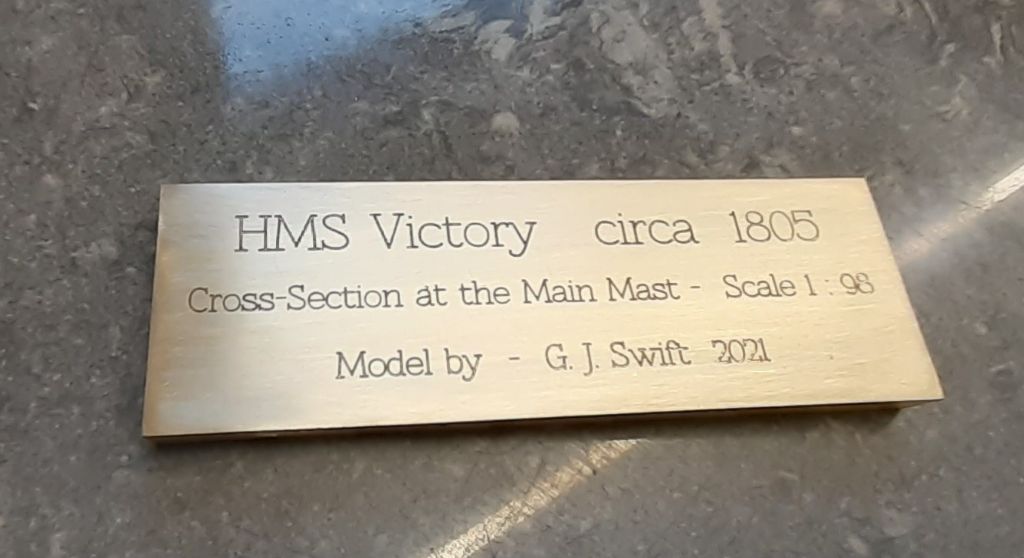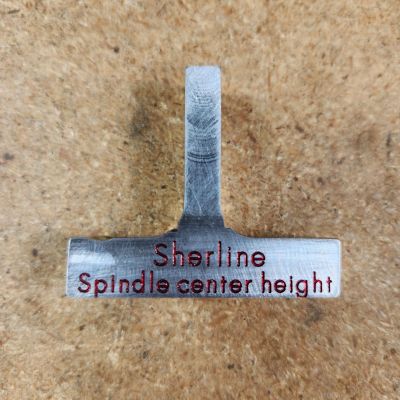What feed rate would you CNC 'ers use on these 20 degree v bits? My first attempt finial 0.050" plunge rate 10"per minute. The point broke as soon as it touched the aluminum. Feed rate was set at 30pm. Second attempt finial 0.050" plunge rate 5"pm, feed 15"pm, point didn't last one letter. DOC was 0.015". My spindle max's out just short of 10,000rpm. Before I break any more bits, i thought I would ask for some advice.
https://www.amazon.com/SainSmart-Ge...L&psc=1&ref_=pd_bap_d_csi_pb_allspark_BIA_1_i
https://www.amazon.com/SainSmart-Ge...L&psc=1&ref_=pd_bap_d_csi_pb_allspark_BIA_1_i

















